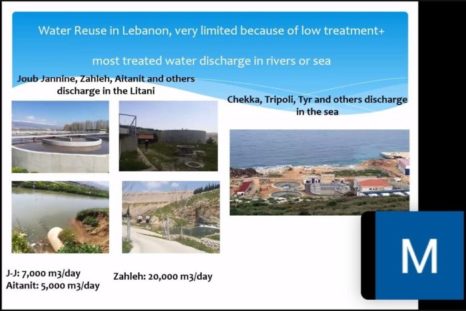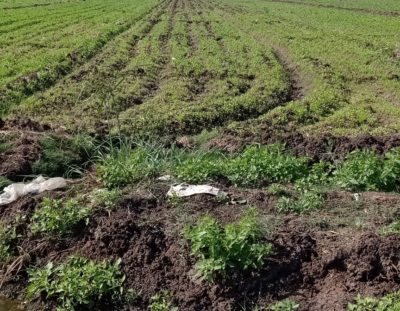WaterReuse
June 20, 2021On June 14th, 2021, the International Water Management Institute (IWMI), organized the 2nd ‘National Learning Alliance’ (NLA) in Lebanon in the framework of the ReWater MENA project. The meeting was organized by IWMI MENA regional office and took place online, gathering a large group of key stakeholders from the water, wastewater, and irrigation sectors in Lebanon.
March 8, 2021Achieving water security is an enormous challenge facing countries of the MENA region, among which is Egypt. On the one hand, water demand is increasing due to population growth, urbanization trend and economic development. On the other hand, water availability is decreasing due to climate change leading to droughts and floods, low water quality, and poor water management in the context of fragility, conflict, and violence. According to the Ministry of Water Resources and Irrigation (MWRI), Egypt requires 114 billion cubic meter (BCM) of water per year to cover the country’s increasing demands from the agricultural and industrial sectors, as well as water for drinking and household use.
June 20, 2021
On June 14th, 2021, the International Water Management Institute (IWMI), organized the 2nd ‘National Learning Alliance’ (NLA) in Lebanon in the framework of the ReWater MENA project. The meeting was organized by IWMI MENA regional office and took place online, gathering a large group of key stakeholders from the water, wastewater, and irrigation sectors in Lebanon.
March 8, 2021
Achieving water security is an enormous challenge facing countries of the MENA region, among which is Egypt. On the one hand, water demand is increasing due to population growth, urbanization trend and economic development. On the other hand, water availability is decreasing due to climate change leading to droughts and floods, low water quality, and poor water management in the context of fragility, conflict, and violence. According to the Ministry of Water Resources and Irrigation (MWRI), Egypt requires 114 billion cubic meter (BCM) of water per year to cover the country’s increasing demands from the agricultural and industrial sectors, as well as water for drinking and household use.


